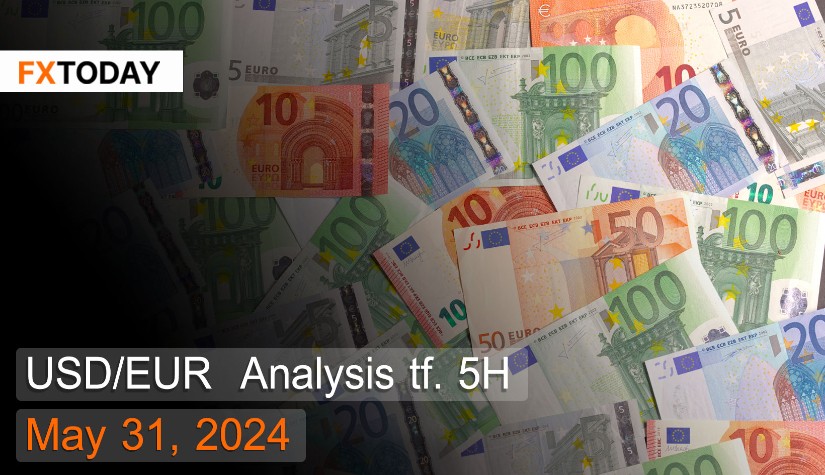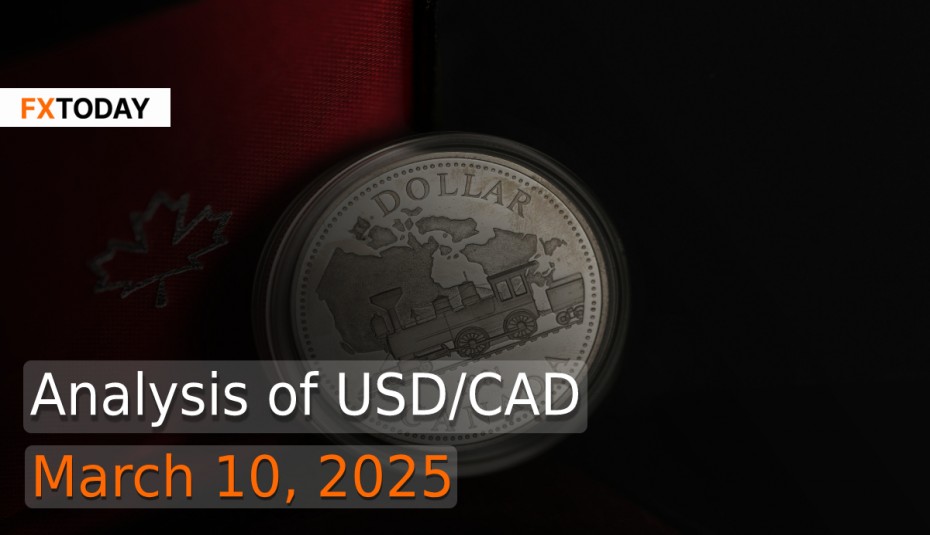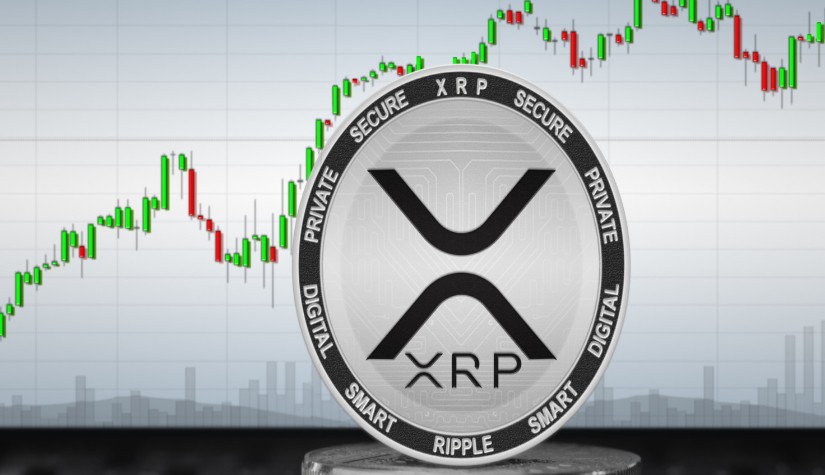The ECB May Delay Interest Rate Cuts
The euro has strengthened once again following the announcement of higher-than-expected inflation data in the eurozone. This has raised concerns about the overall economy and increased uncertainty regarding future interest rate cut decisions. It was previously forecasted that the first interest rate cut would occur within this year. However, the latest meeting indicated that the ECB might cut interest rates sooner. Still, the prolonged inflation could delay such considerations until inflation shows signs of slowing down again.
Inflation in the eurozone increased for the first time in five months to 2.6% year-on-year in May, up from 2.4% the previous month. Data indicates that this inflation increase was largely driven by a 0.3% rise in energy prices, which may affect the prices of most goods. Meanwhile, service prices continued to rise at a steady rate of 4.1%, although food and beverage prices slightly decreased. Major economies, including Germany, France, and Spain, experienced higher-than-expected inflation increases.
Consumer confidence in the euro area slightly increased by 0.4 points from the previous month to -14.3 in May. Despite this increase, negative consumer confidence still reflects a pessimistic outlook on the economy, partly driven by the rapid rise in inflation over the past year and declining employment levels. An interest rate cut by the ECB remains crucial in supporting household spending.
Bank lending to households in the eurozone increased by 0.2% year-on-year in April, still marking the slowest credit growth rate since 2015. Previous interest rate hikes and stringent measures by the ECB continue to directly impact households' debt repayment capacity. Additionally, decreased consumer demand has reduced companies' profitability and led to higher production costs.
Wage growth in the eurozone increased by 4.69% year-on-year in the first quarter. The increase in wages has raised concerns about potential inflationary pressures as higher production costs could be passed on to consumers more easily, potentially resulting in higher-than-expected inflation levels. Policymakers at the ECB are closely monitoring the labor market to consider interest rate adjustments. Strong wage growth may further delay the ECB's decision to cut interest rates.
Techical analysis data (5H)
Resistance: 0.9208, 0.9226, 0.9235
Source: Investing.com
Buy/Long 1: If the price touches support in the price range of 0.9172 - 0.9182 but cannot break the support at 0.9182, you may set a TP at approximately 0.9226 and SL at around 0.9155 or according to your acceptable risk.
Buy/Long 2: If the price breaks the resistance in the price range of 0.9208 - 0.9226, you may set a TP at approximately 0.9235 and SL at around 0.9172 or according to your acceptable risk.
Sell/Short 1: If the price touches resistance in the price range of 0.9208 - 0.9226 but cannot break the resistance at 0.9208, you may set a TP at approximately 0.9172 and SL at around 0.9235 or according to your acceptable risk.
Sell/Short 2: If the price breaks the support in the price range of 0.9172 - 0.9182, you may set a TP at approximately 0.9155 and SL at around 0.9226 or according to your acceptable risk.
Pivot point May 31, 2024 09:15 PM. GMT+7
|
Name
|
S3
|
S2
|
S1
|
Pivot Points
|
R1
|
R2
|
R3
|
| Classic | 0.9155 | 0.9172 | 0.9182 | 0.9199 | 0.9208 | 0.9226 | 0.9235 |
| Fibonacci | 0.9172 | 0.9183 | 0.9189 | 0.9199 | 0.9209 | 0.9215 | 0.9226 |
| Camarilla | 0.9183 | 0.9186 | 0.9188 | 0.9199 | 0.9193 | 0.9195 | 0.9198 |
| Woodie's | 0.9151 | 0.917 | 0.9178 | 0.9197 | 0.9204 | 0.9224 | 0.9231 |
| DeMark's | - | - | 0.9177 | 0.9196 | 0.9203 | - | - |
















